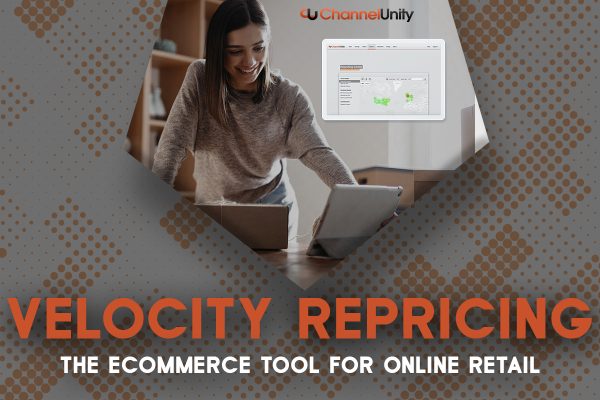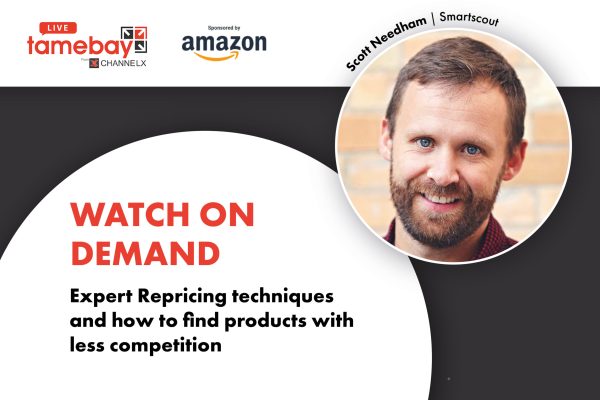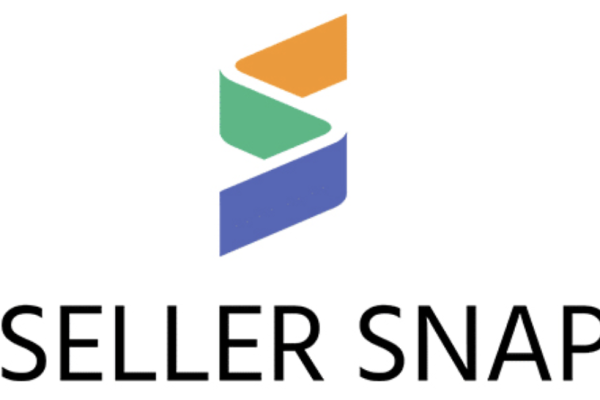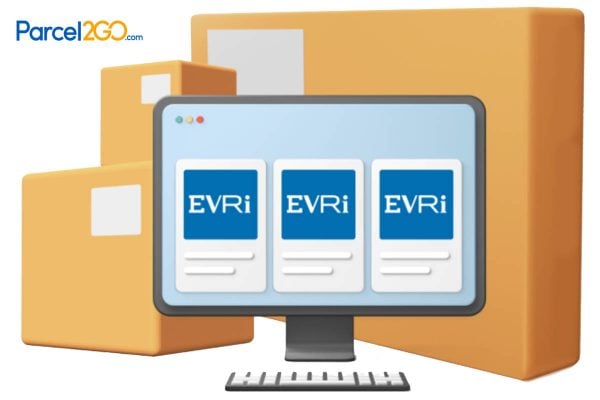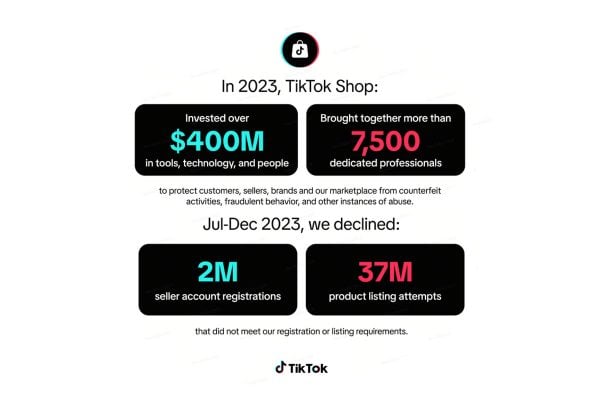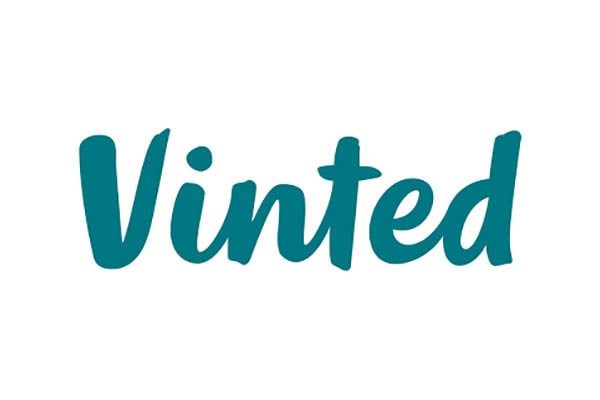In what will hardly be a surprise for online merchants, Gartner predicts that by 2025, the top 10 global retailers by revenue will leverage contextualised real-time pricing through mobile applications to manage and adjust in-store prices for customers. Real-time pricing is already a key tool for marketplace sellers through repricing software and, with many omnichannel retailers such as Argos already offering the same price online as in store, if they are ever to adjust their marketplace pricing they’ll also want offline real-time pricing adjusted at the same time.
“Digital sales continue to grow, but it’s no longer a competition between online and offline. Today, many retailers find that half of their online sales are supported by their stores. As customers share more data and information from various sources, they expect more personalised and meaningful offers from retailers. Retailers should assess personal data and product preferences, and translate those inputs into immediate and contextualised offers.
Many consumers who have downloaded a retailer’s app use it for online purchases; others use it to obtain a coupon or discount offer that they can use in a physical store.”
– Robert Hetu, vice president research analyst, Gartner
To manage pricing signage, some retailers are using electronic shelf labels or digital shelf edge technologies. However, for the many that don’t use digital labels, associates must change price labels manually. This is a high-risk source of mistakes and a limitation to the frequency a retailer can adjust prices. Retailers must focus on enabling technologies such as a unified retail commerce platform, which uses centralized data for inventory, pricing, loyalty and other information to facilitate a continuous and cohesive experience.
Dynamic in store real-time pricing could get even more interesting, what Gartner haven’t mentioned is the possibility of retailers offering different prices to different customers based on loyalty and previous spending patterns. For instance, Amazon will already display a different price to a consumer based on whether they are a Prime member or not. Prime members may be shown a higher price than non-Prime customers, albeit with a faster delivery option. Would retailers dare to use similar strategies in store?


